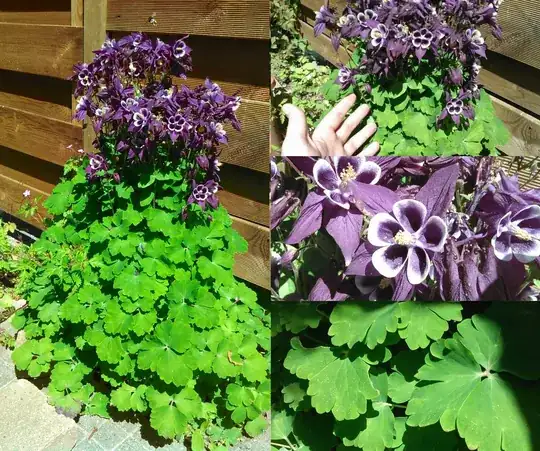What plant is this? It popped up in my garden. It looks like it might be a geranium, but I can't find it in the various lists I browsed.
It's about 50 cm (20") high in total with flowers on stalks, sticking out up to 15 cm (6") The leaves are about 7 cm (3") across and consist of three groups of leaflets. The flower cores are purple with five trumpet-like spurred petals with a white edge. It has sepals, also purple. The flowers have a slightly yellowish heart. Bees seem to love them.
It's beautiful plant, and I want to make sure it's still there next year. :)
PS: Sorry if I got the terminology wrong. I'm not used to describing flowers in detail, and especially not in English.
